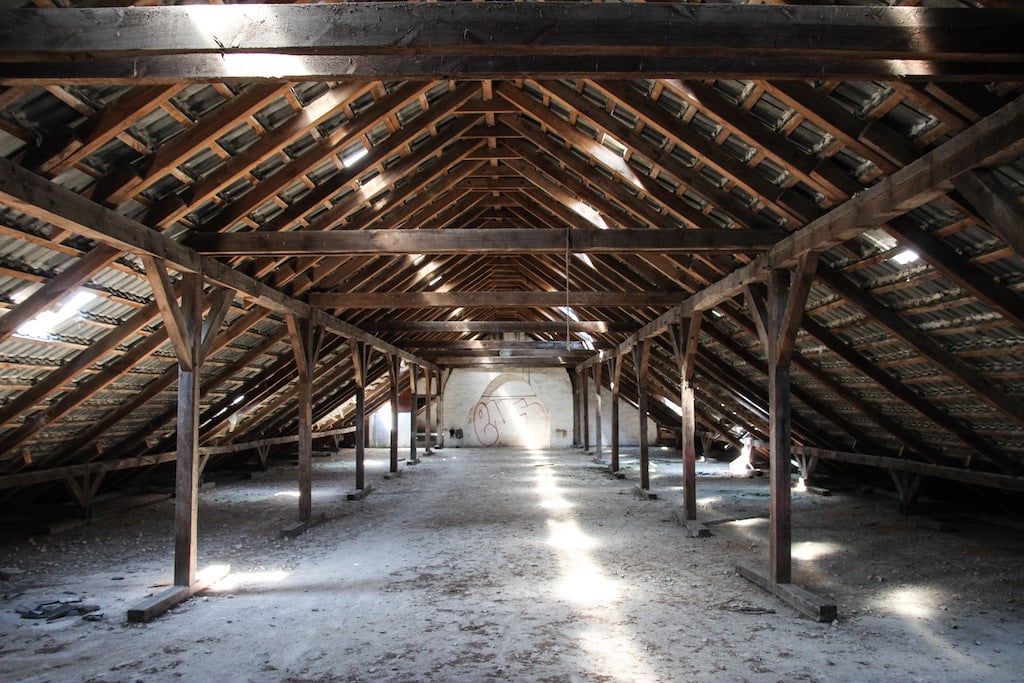Did you know that a quarter of heat is lost through the roof of an uninsulated home? That's a lot of heat lost. It's also a lot of potential savings to your heating bill lost, too.
Read on to find out the different types of loft insulation and the best materials to use. By properly insulating your loft, attic, or roof, you'll not only retain heat, but save money off the cost of your heating bills.
Types of loft insulation
There are two types of loft insulation - warm loft and cold loft.
Warm loft installation:- Your material of choice is laid immediately under the sloping roof to prevent any heat from escaping the property.
Warm loft insulation is a great fit if you plan on using your loft as an additional living space.
Cold loft installation:- Insulation material is laid on the floor of the loft, creating a warmer home but colder loft.
Cold loft installation will suit you if you do not intend to use your loft as any kind of living space.
Which is the best material for loft insulation?
The best material to use for your loft insulation depends on a number of factors - including the location of your home and when it was built. Even if you plan on going down the DIY route, it’s best to seek professional advice on what material works best for your home.
Some of the most popular loft insulation materials are:
| Insulation Type | Materials Used |
| Blanket | Felt, rock, glass, sheep’s wool & mineral fibre |
| Sheet | Cork, straw, wood boards, synthetic sheets |
| Loose-fill | Cellulose fibre, mineral rock wool, fibreglass, cork granules, newspaper |
| Blown-fibre | Paper, wool, polystyrene |
How loft insulation works
Loft insulation reduces the amount of heat lost from your roof – lowering the amount of fuel you need to burn for heating and saving you money. The insulation adds layers to different parts of your loft, acting as a barrier to keep heat inside.
Loft insulation cost
According to the Renewable Energy Hub, insulating the loft of a three-bedroom, semi-detached home costs around £300, offering an annual saving of about £180 on your energy bills. Bear in mind however that this is an approximation and you’ll need to consider your home’s unique dimensions and energy consumption before proceeding.
If you receive certain benefits, you may be eligible for a government grant for insulation to help with installation costs.
For more energy-saving tips, have a look at our guide on how to save energy at home.
Switch your energy supplier
To make sure you're on the best deal, you need to regularly switch energy providers. Use Switchcraft to compare energy deals and see how much you could save on your next energy bill.
Compare gas and electricity deals
We monitor the market and automatically switch you to better deals for free.
